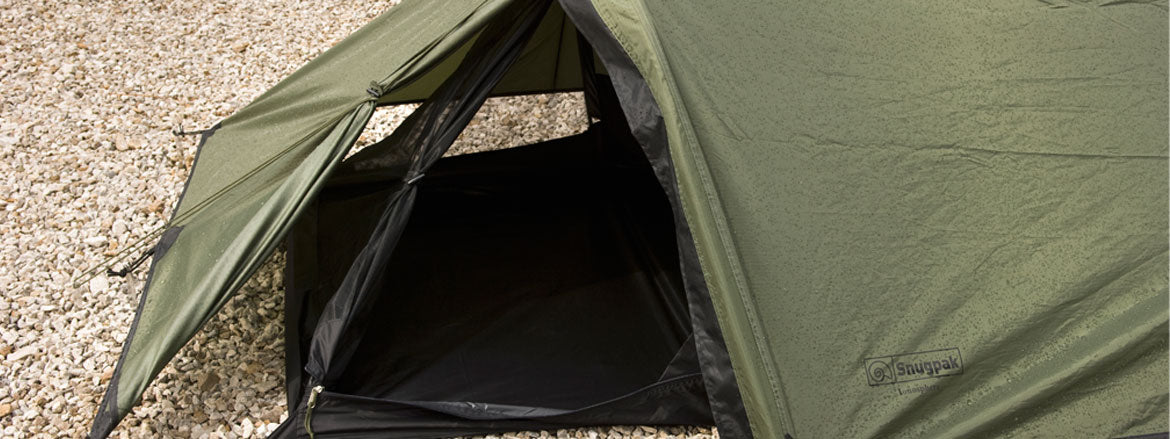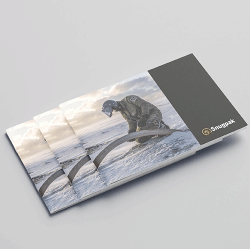

Understanding Hydrostatic Head – How Waterproof Is My Tent?
Hydrostatic Head (HH) is a waterproof measurement of a (Tent) material’s coating; most commonly a thin film of polyurethane finish is added to a material to create polyurethane laminate (PUL) referred to as a PU Coating. It is this coating that gives Snugpak® Products their waterproof and windproof properties.
Hydrostatic Head defines the pressure of water required to penetrate a given fabric.
HH is measured in mm and indicates the pressure (force) of water needed to penetrate a given fabric or material. Imagine a column of water 2 metres high (2000mm); the weight of that water being forced down onto a material creates a given pressure, generating the hydrostatic head measurement. The greater the column of water, the greater the pressure and the more waterproof a fabric will need to be in order stop the water penetrating the fabric.
Putting this into context, a little yellow Jet Wash, used for your car/patio etc, has a pressure of around 980bar, the equivalent to a Hydrostatic Pressure of a column of water that is 1000m (1km) high! Rain falls between 3 to 8 m/s-1in still air, about 3-18mph; the difference in speed is dependant on the rain drop size. the range in speed depends on the the size of the raindrop. Friction breaks up rain when it exceeds 18mph.
The other consideration for waterproof fabrics is the enclosed groundsheet or ‘Boot’ that protects you from damp and wet ground; rain water will not penetrate the outer waterproof fabric and will fall to the ground, from there if will be absorbed or if the ground is saturated it will pool, and can travel under your tent. The extra weight of you, inside your tent, will increase the pressure of the water being pushed up from underneath the tent, the main principle behind tents and shelters having groundsheets with a greater HH.
Products with a HH rating of 2000mm or more can easily cope with standard British weather & rain fall.
Visit the Snugpak range of tents & shelters
So there are several factors that need to be considered, including ambient temperature, size and duration of rain fall, as well as altitude and ambient pressure. In order for a product to be legally called ‘waterproof’ it must have a Hydrostatic Head (HH) of at least 1000mm. The greater the Hydrostatic Head, the more waterproof a material becomes; however, as a rule, the more waterproof a material is, the less breathable it becomes. This is the main principle behind humidity, and condensation within tents and clothing, see Related Articles: Understanding Wet Out









